A Curators’ Guide To Chennai Photo Biennale’s Third Edition
By Something CuratedThe third edition of Chennai Photo Biennale, titled Maps of Disquiet, is open to viewers until 6 February 2022 with exhibitions spanning physical and virtual forms, showcasing works by artists from across the world. Alongside the virtual presentations discoverable online, physical exhibitions are currently being hosted in public spaces across the city of Chennai, India, including Forum Art Gallery, Ashvita’s Gallery, Roja Muthiah Research Library and Madras Literary Society, along with hybrid screenings of video works at the Goethe-Institut Chennai. The biennale’s third edition is co-curated by Arko Datto, Bhooma Padmanabhan, Boaz Levin and Kerstin Meincke, who collectively explore the theme of “Maps of Disquiet” via investigations into labour, urban imaginaries, economic and migratory flows, archaeology and mining.
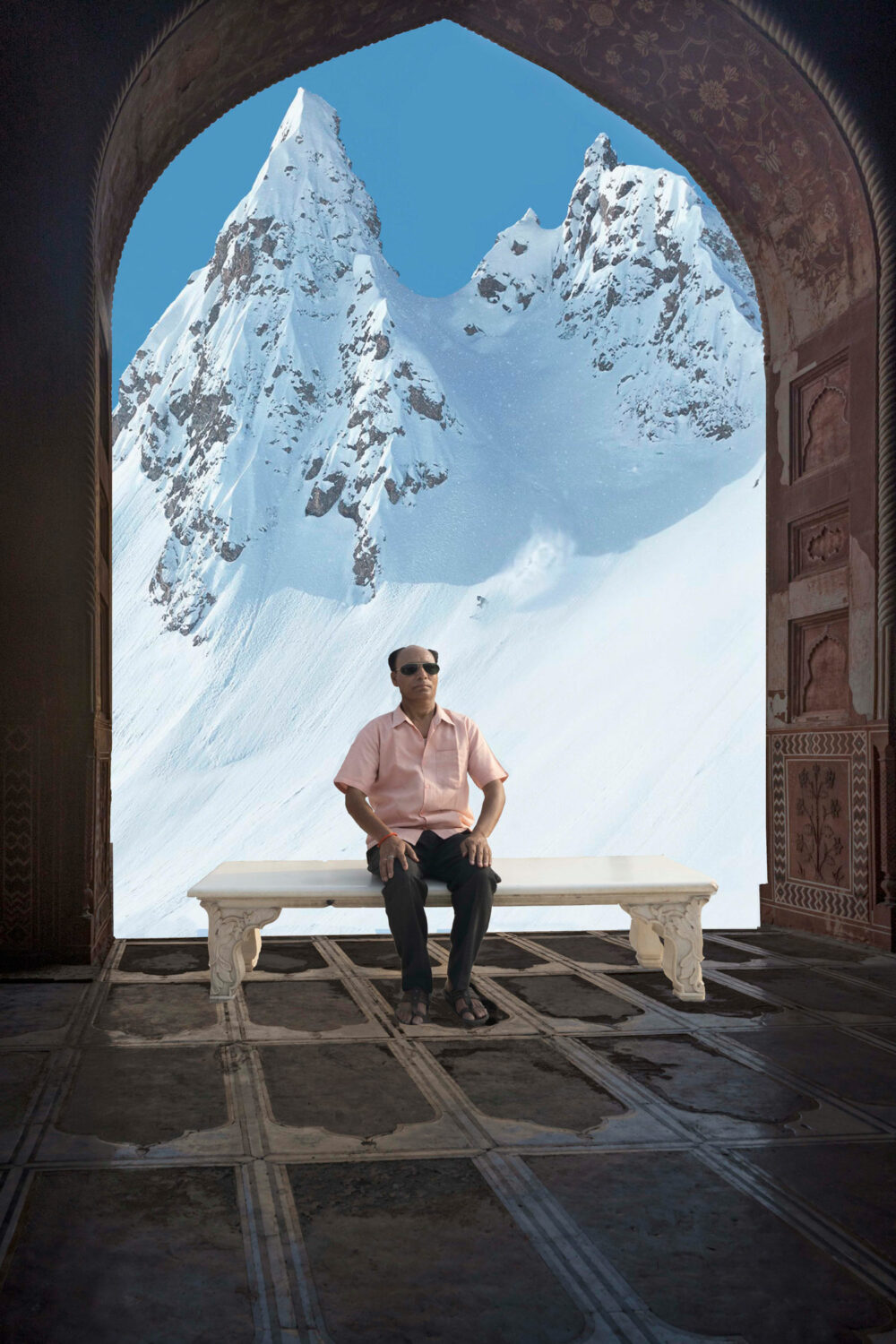
Offering insight into the curatorial approach underpinning this year’s edition of the Chennai Photo Biennale, the exhibition’s curators tell Something Curated: “Curating this biennale, under these particular circumstances, was a way of thinking about how our perceptions of the world have been shaped by images, and how images in turn help us look at the world, and make sense of it. When speaking about photography from Chennai, one can’t avoid confronting its colonial roots. Photography was a central tool in the colonisation project in the 19th and 20th centuries and became integral to the creation of disciplinary strategies and categories. As such, the medium of photography played a major role in the production of cultural and scientific knowledge. In the framework of our biennale, we didn’t want to merely trace these histories, but from here critically look at the multiple functions, agencies and practices of photography today.”
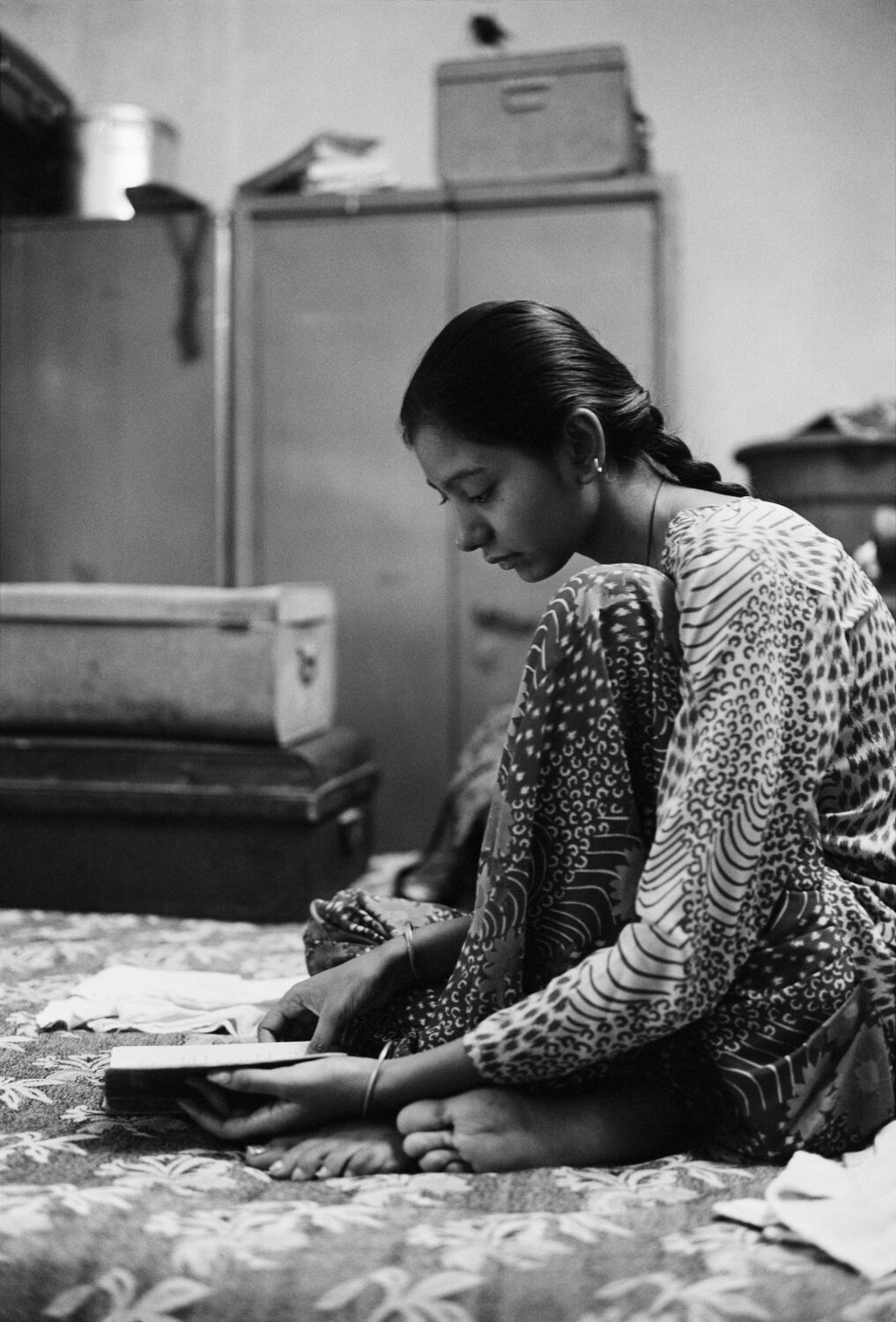
Unpacking the thinking behind this year’s theme, the curators explain: “Maps of Disquiet, reflects on the exigencies of our times: resisting majoritarian impositions, ecological collapse, and technological dystopias by reclaiming pluralities of thought, voices, and art, and building new networks of solidarity and care. In today’s world of highly specialised fields of operation, rigid chains of command and niche disciplinary focus, a space such as a biennale offers the possibility of rethinking our futures through broader parameters that address the complexity of the disquiet that we are experiencing.”
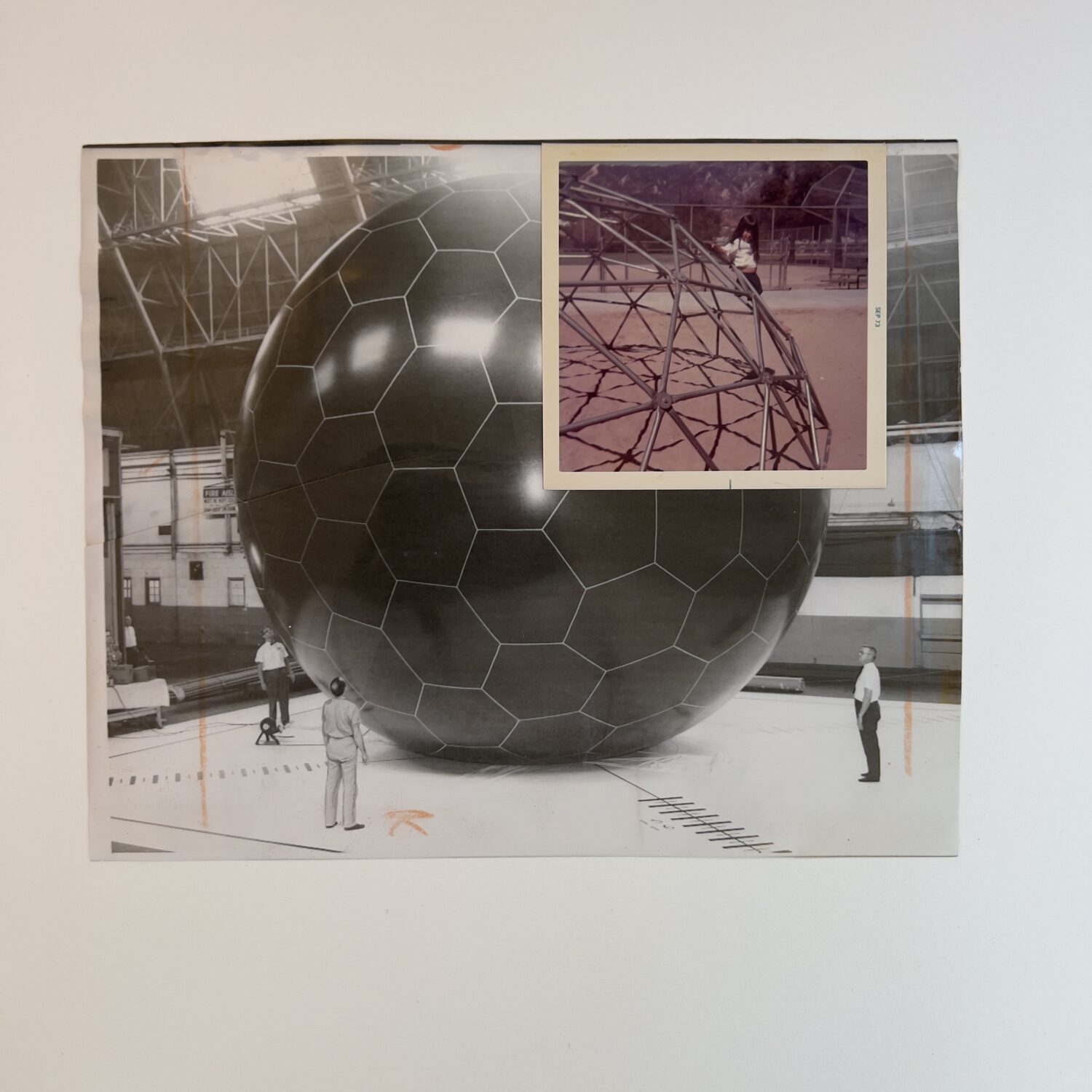
Amongst the spotlighted artists is Mohini Chandra, whose work deals with articulations of identity and globalised spaces, and the role of the photograph in relation to memory and migration. Elsewhere, the works of Sridhar Balasubramanium focuses on the body, its form and movement, ritual in folk ceremonies and imagination. Curator Boaz Levin tells: “As is often the case when curating, I think there was a mix between artists we had in mind immediately and whose work inspired the themes at the heart of Maps of Disquiet, and others whose choice was inspired by these themes. There’s also always the process when the work of one artist reminds you of the work of another; in other words, it evolved quite organically. And it was great working as a team, with each of us introducing each other to new artists.”
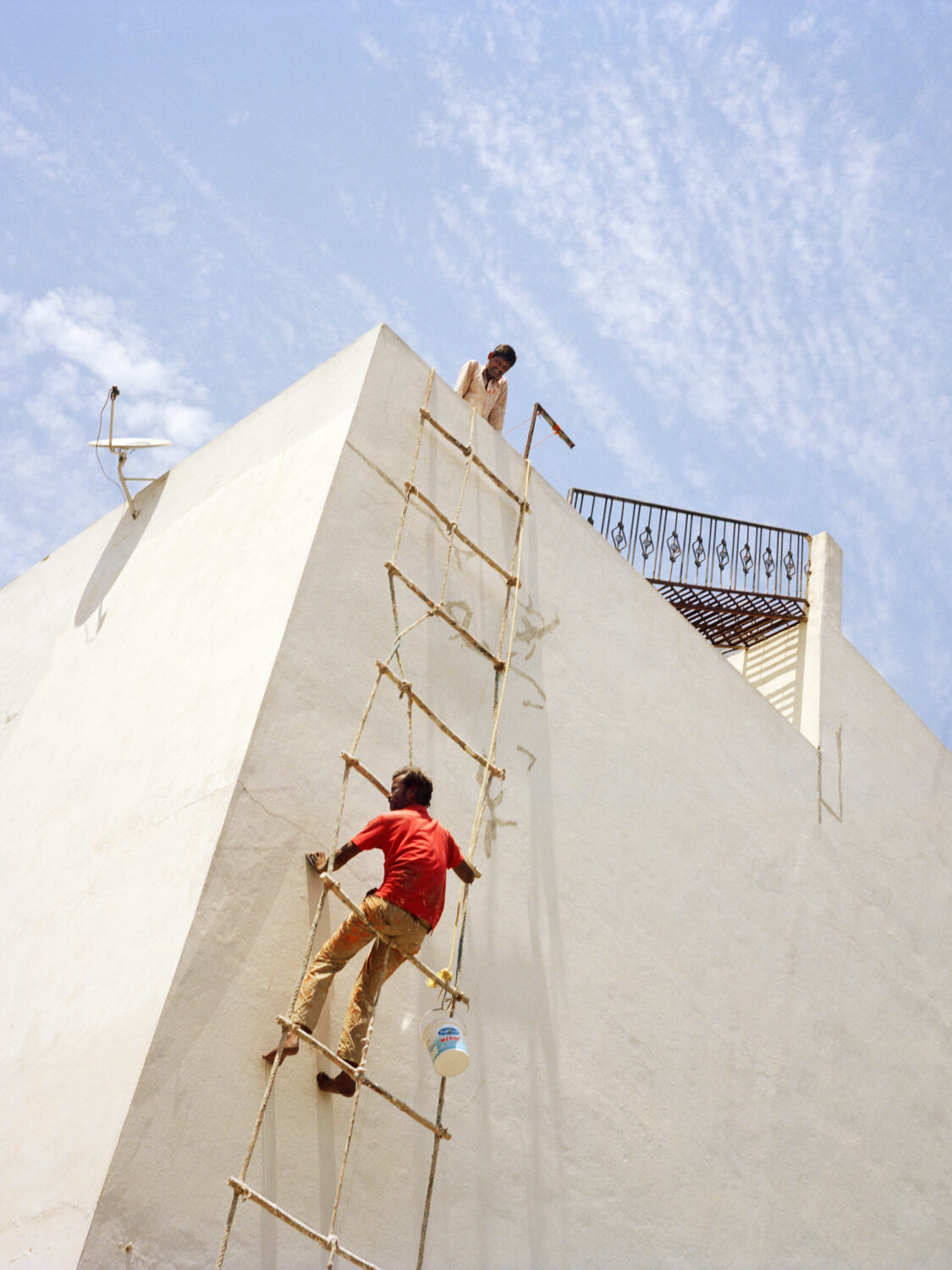
Expanding on some of the works the curators are most excited to be able to present, Levin says: “Of course, we’re excited about all the works we could include. But it’s great, for instance, that we could show a significant number of artists from Tamil Nadu, such as Saranraj, who is showing a new project developed especially for Maps of Disquiet which looks into the labour at the archaeological dig of Keezhadi. It’s also very special that we could facilitate the collaboration between Andreas Langfeld and Sarabhi Ravichandran, who together developed a new work around the same archaeological site. Siva Sai Jeevanantham – with his powerful archival work In The Same River, which investigates documents related to the victims of enforced disappearances in the Valley of Kashmir – is another Chennai-based artist who I’m particularly happy we could include in this edition of the biennale.”
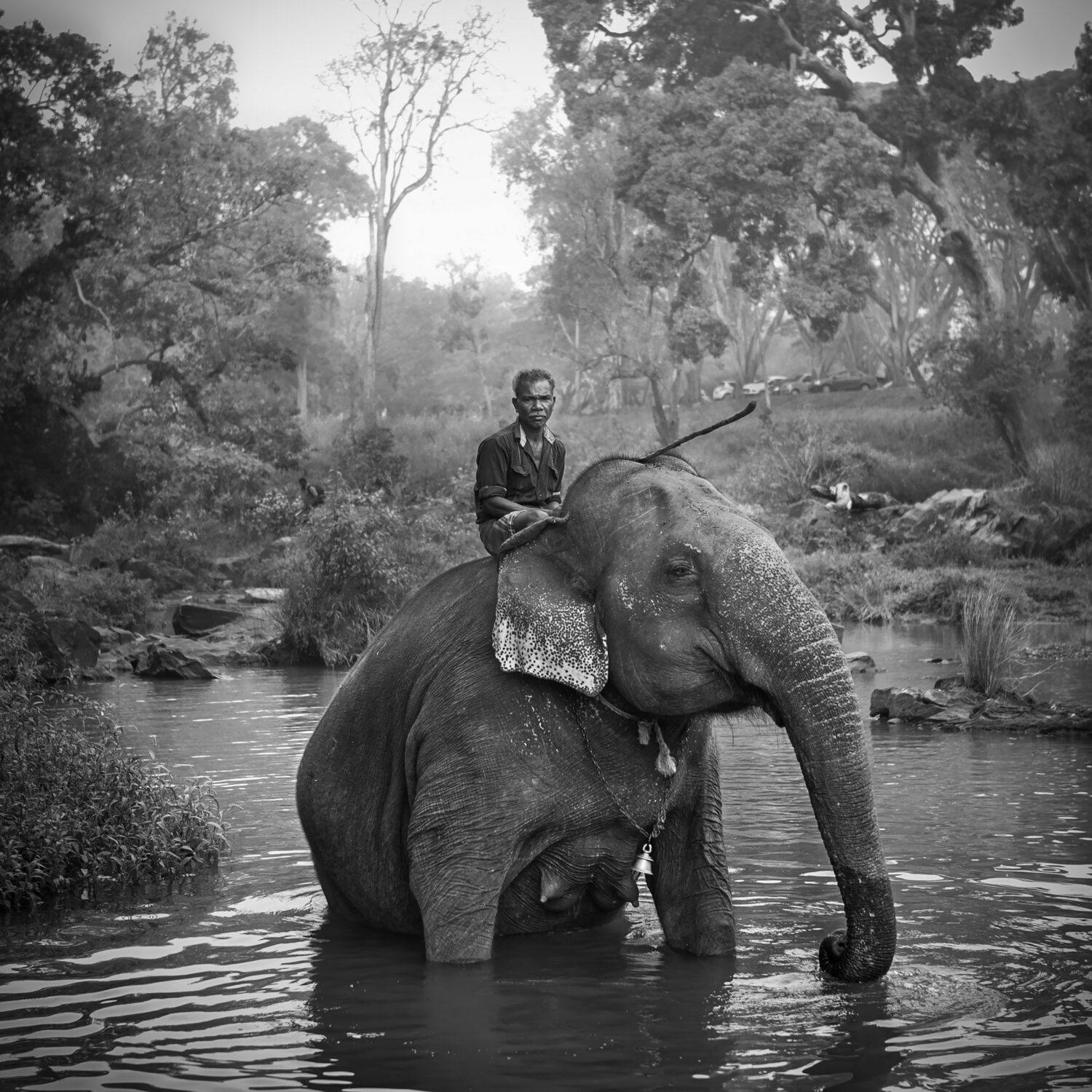
On what the curatorial team hope to achieve with this year’s iteration of the biennale, curator Bhooma Padmanabhan tells SC: “Chennai Photo Biennale had already set itself up on the national stage with edition two of the biennale in 2019, and so for us it was about taking forward this important space for dialogue on contemporary photography in the region, and making it more meaningful to local artists, students, and the art community, along with the general public. This involved actively initiating special commissioned projects this year, as well as collaborating with local institutions, like the School of Architecture and Planning, Anna University, to develop meaningful and sustainable partnerships.”
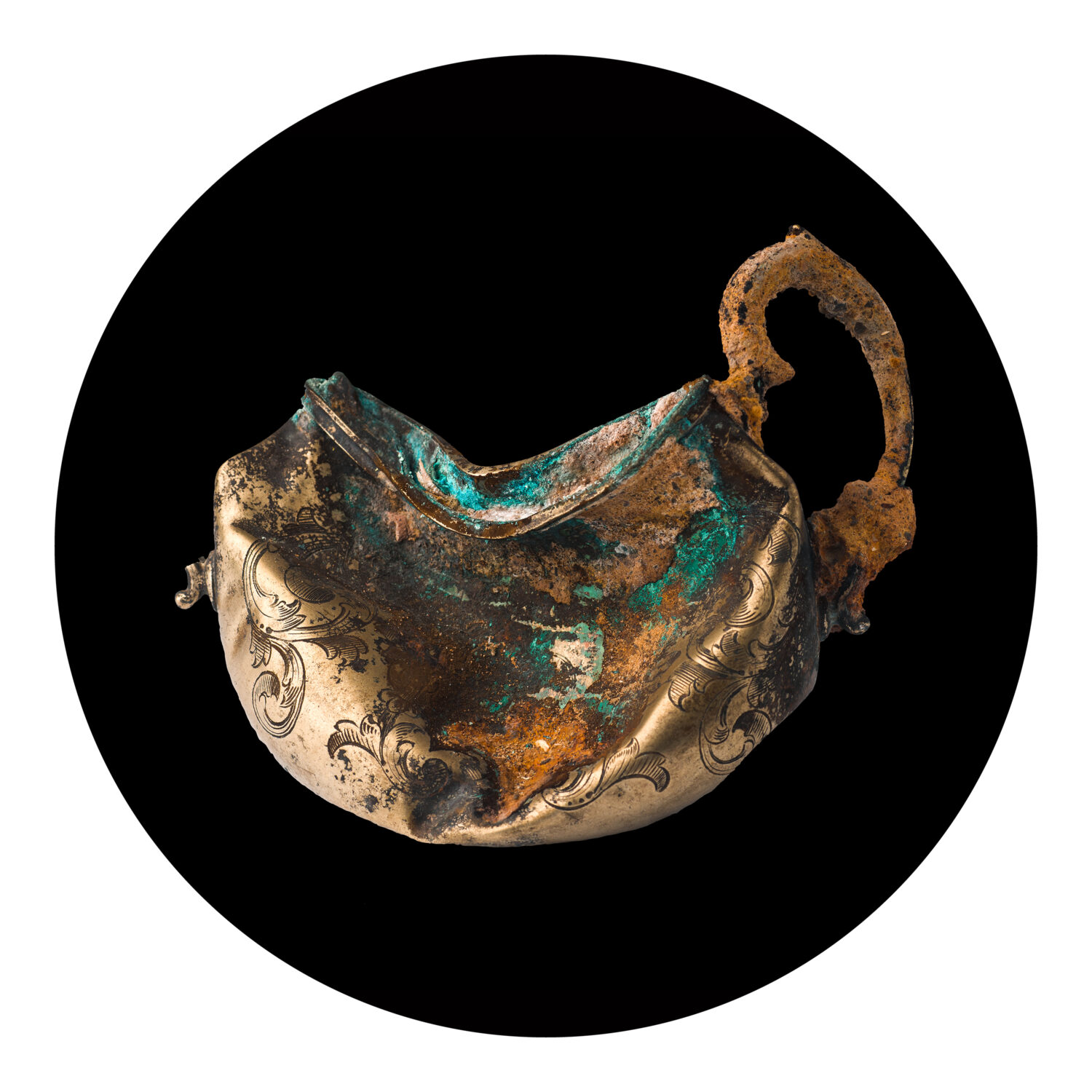
The complete list of artists participating in the third Chennai Photo Biennale includes Amitesh Grover, Anaïs Tondeur, Andreas Langfeld, Sarabhi Ravichandran, Arthur Crestani, Babu Eshwar Prasad, Carolina Caycedo, Gauri Gill, Harun Farocki, Hito Steyerl, James P Tylor, Jane Jin Kaisen, Katja Stuke, Oliver Sieber, Katrin Koenning, Lisa Rave, Michael Hanna, Mohini Chandra, Nico Joana Weber, Parvathi Nayar, Nayantara Nayar, Patrick Pound, Rohini Devasher, Rohit Saha, Rory Pilgrim, Ruth Patir, Sanchayan Ghosh, Saranraj, Senthil Kumaran, Siva Sai Jeevanantham, Soumya Sankar Bose, Sridhar Balasubramanium, Susanne Kriemann, Tobias Zielony, Vamika Jain, Vasudha Thozhur and Yuvan Aves.
Feature image: Jane Jin Kaisen, Sweeping the Forest Floor, 2020 / Community of Parting, 2019